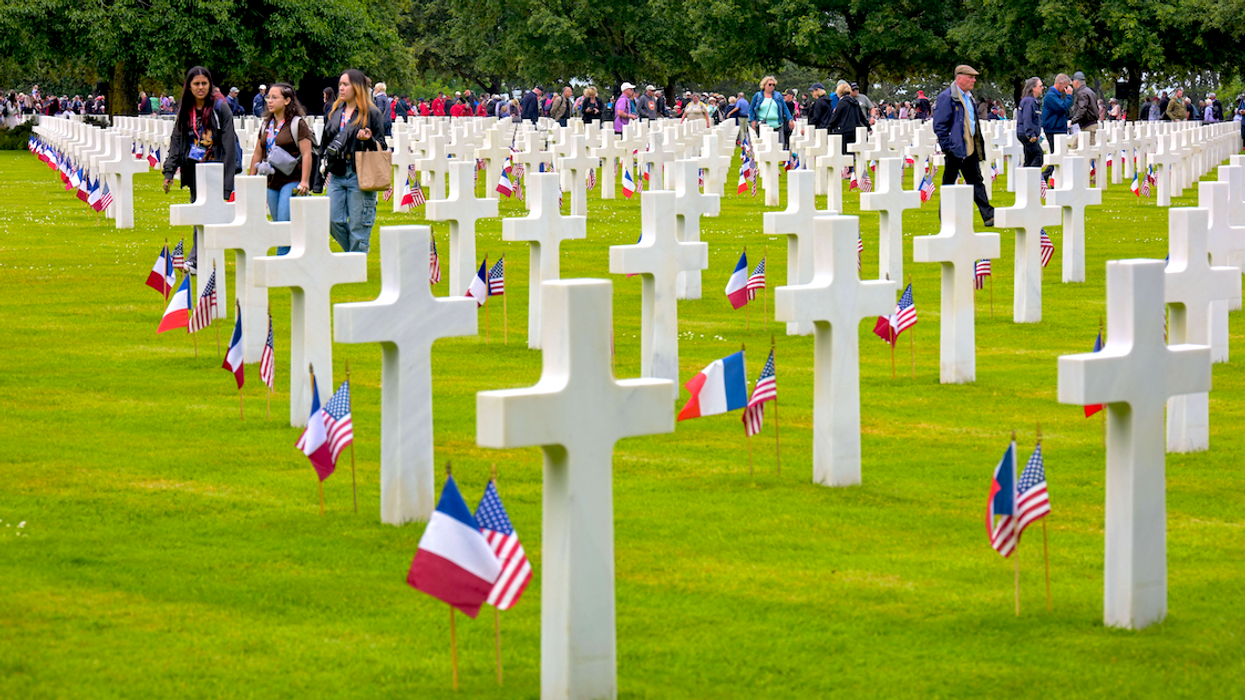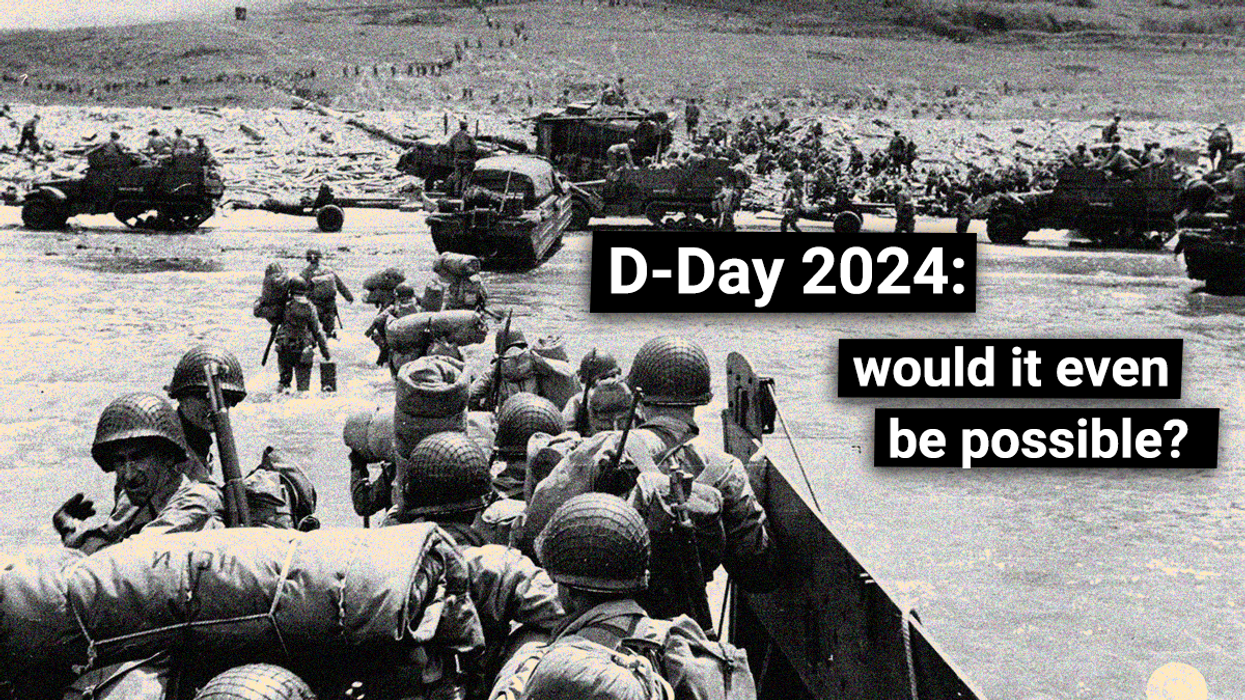GZERO North
From D-Day to E-Day: Legacy of the Longest Day
This 80th anniversary of D-Day is particularly resonant as the West questions whether the alliances that have supported the world for 80 years are coming to an end. Will Election Day in the US lead to a Trump administration that backs out of NATO and moves toward realigning the global order around a new American isolationism?
Jun 06, 2024


